Taste of Bhutan, Bhutan
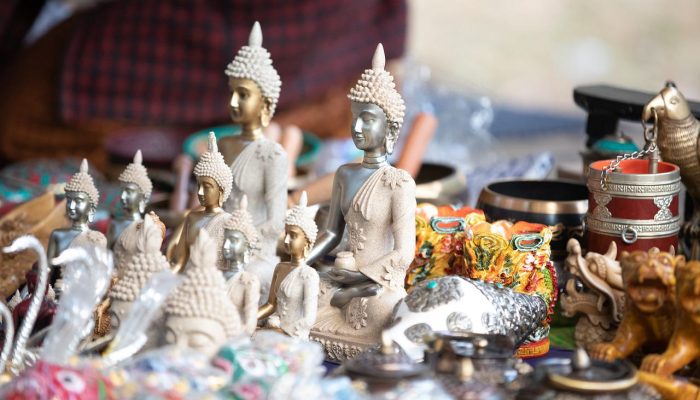
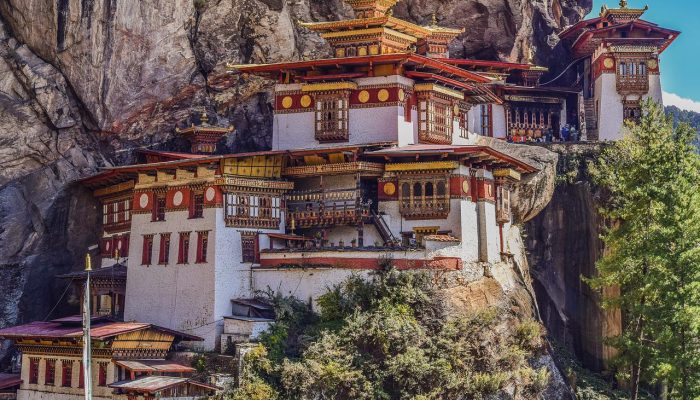
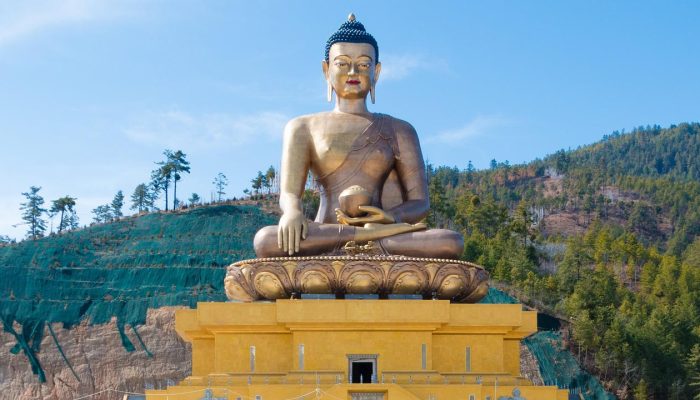
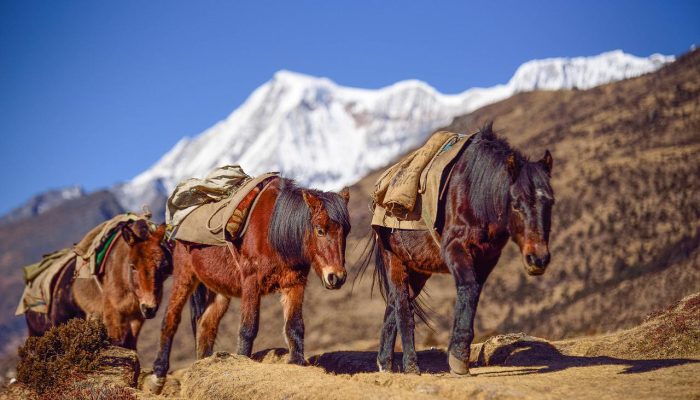
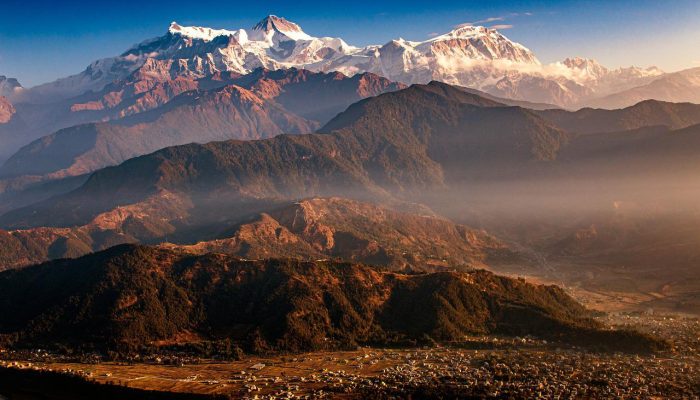
Sample Itinerary
DAY 1
Arrive at Paro and transfer to Thimphu
Arrive at Paro International Airport and drive to Thimphu, the capital city of Bhutan.
After arriving & visa formalities and collection of baggage, you will be welcomed by our tour representative who will be your tour guide during your entire trip in Bhutan.
Check in homestay and relax for sometime. Drive to the Babesa Village Restaurant for lunch, where organic Bhutanese produce is use for cooking. Taste the fresh produce of Bhutan here.
Afternoon, you can choose to visit any or all of the following places:-
Tachogang Lhakhang
Tachogang Lhakhang is located in Paro district, on the way to Thimphu. It was founded by Thankthong Gyelpo after he experienced a vision of Guru Rimpochhe, Amitaba and Avalokiteshvara near site. The caretakers today are said to be descendants of Thangtong Gyelpo. Inside the temple one can see the masters relics, including his walking stick.
Tashichho Dzong
The Tashichho Dzong is a Buddhist monastery cum fortress at the northern edge of Thimpu the capital city of Bhutan. The Dzong was built on the western bank of the river Wang Chu, and has historically served at the seat of the DrukDesi or the Dharma Raja of Bhutan’s government. After the kings assumed power in 1907 this post was combined with that of the king and Thimphu severed as the summer caital of the kingdom before becoming the full time capital of Bhutan.
Spend time of leisure time in the evening. Have authentic Bhutanese dinner at the homestay tonight.
(Overnight at Thimphu)
DAY 2
Thimphu Tour
Have breakfast at the homestay today.
Visit the Traditional Bhutanese paper making factory. The handmade paper making in Bhutan stemmed from the age old tradition originated in 8th century of Bhutanese history. The handmade paper constitutes as valuable National heritage of Bhutanese cultural identity and is preserved through all the ages. The Traditional paper is recognized and held high esteem both in home and outside world. Jungshi Paper Factory was established in November 1990 as an undertaking of the Royal Government of Bhutan. The unit now boasts as a major and sole dealer in handmade paper and its products.
Visit the National Textile Museum which is a good place to see the art of traditional weaving being kept alive and preserved through exhibition and has a good collection of old textiles which are rich in colors and designs. You will also see people weaving with intricate designs. Also visit the National Institute of Traditional Medicine , where medicinal herbs are compounded and dispensed, and traditional medical practitioners trained.
Drive back to the homestay for lunch and take a cooking class to prepare the national dish Ema Datshi (chilli & cheese) and other dishes like Pasha Paa (dried porkstrips) with dry turnip leaves/Radish and red chilies.
Visit the School of Traditional Painting of Arts and Crafts where students undertake a six-year course on the 13 traditional arts and crafts of Bhutan.
In the evening we visit the Centenary Farmers’ Market (open from Thu-Sun only): Most of the Thimphu’s population and many valley dwellers converge on the bustling weekend market, held by the side of Wangchu River. A wide range of foodstuffs and local arts and crafts are sold at the market, which runs from Friday afternoon till Sunday evening. A visit to the market provides great photo opportunities, as well as the chance to mingle with local people.
DAY 3
Thimphu to Punakha
Post early breakfast, you will drive towards Punakha via Dochula Pass. We will stop over for tea at Dochula (3,100 m), where on a sunny day, you can get stunning views of the Himalayan ranges. The Dochu La Pass is probably the best known mountain pass in Bhutan. Located at an altitude of 3150 meter above sea level, the Dochu La Pass is about 30 kilometer away from the capital city Thimphu and the road to Punakha.On a clear day the pass offers visitors a spectacular view of the majestic eastern Himalayan Ranges.
After refreshment at the Dochula Pass Resort you will continue your journey to Punakha. Punakha has been inextricably linked to some of the most momentous events in the Bhutanese history and deserves its reputation as one of the most beautiful and significant regions at the heart of Bhutanese culture. Punakha had served as the capital of Bhutan from 1637 till 1907 and the 1st National Assembly was held here. Punakha Dzong (fortress) is historically important and stands as the symbol for a unified Bhutan.
On the way , stop and visit the local market where farmers sell their produce. Interact with the farmers and get to know their way of life. You will stop at Lobesa Village to visit the Devine Madman’s Monastery-Chhimi Lhakhang, famously known for its fertility shrine, where one can receive a special fertility blessing.
After lunch at Lobesa Village, with the monks in Chimmi Lakhang, you will visit the Punakha Dzong, located on the island of the Pho – Chu (male river) and the Mo-chu (female river).
Check into the Homestay in Punakha. Cook dinner with the family members of the homestay/farm stay and enjoy dinner with the local family. Overnight to Punakha.
DAY 4
Punakha to Gangtey
After breakfast you will drive to Gangtey and visit Gangtey Goemba. The Gangtey Monastery or the Gangtey Goempa is an important monastery / temple associate with the Nyingmapa school of Buddhism. The Monastery is Located in the Wandue Phodrang Dzhongkhag in central Bhutan. The Gangtey Monastery is situate in the picturesque Phobjikha Valley, which is also renowned for being the winter home of the rare Tibetan Black Necked Cranes. The monastery was established in 1613 by Peling Gyalse Rinpoche, the grandson of Trenton Pema Lingpa the great treasurer discoverer.
Phobjikha valley
The Phobjikha is a wide glacial valley located in close to the Gangtey Monastery. The Phobjikha valley is the winter home of the rare Black Necked Cranes that migrate from Tibet from the arid plains of Tibet to roost in the more comfortable climate of the Phobjikha Valley. The valley is at an altitude of 2900 meters above sea level and experiences a much lighter winter as compared to the harsh extremes of Tibet.
(Overnight in a hotel in Gangtey)
DAY 5
Gangtey to Paro
After breakfast you will drive to Paro.
National Post Office:
Bhutan has good and reliable postal services. However, delivery services in Bhutan tend to be concentrated in urban areas and so people in rural areas tend to visit post offices to check for and collect their mail. Recently, tele-centers have been established in some of the post offices, where people can check for their e-mails too. The average distance of the post office from a Bhutanese home was found to be 11.2 km. More than half of the postal correspondence in Bhutan is in English and about one-fourth Bhutanese postal clients use both English and Dzongkha for their correspondences. Along with the post office at Thimphu, there are agency mail offices and community mail offices that are scattered in remote and isolated areas across the country.
Changlimithang Archery Ground
On weekends it’s worth checking to see if there’s an archery tournament going on at this ground near the Changlimithang Stadium: whether it’s traditional bamboo or high-tech carbon-fibre bows, the skill, camaraderie and good-humoured ribbing are always entertaining. Traditional songs and victory dances are all part of the fun. Archers often practise here in the mornings.
Rimpung Dzong
The Paro Dzhong is probably Bhutan’s best known and most iconic Dzhong. This is probably the first building you will notice when you land at Paro International Airportand will probably be your first memory of Bhutan.
The imposing Dzhong is perhaps the finest example of Dzhong architecture existing the world today, the massive buttered walls of the fortress dominate over the valley. The Rinpung Dzhong’s names translates to the ” Fortress on a heap of Jewels “.
Jangtsa Dumgtseg Lhakhang is a Buddhist temple in western Bhutan. The temple is notable as it is in the form of a chorten, very rare in Bhutan. It is located on the edge of a hill between the Paro valley and the Dopchari valley, across the bridge from Paro. The Buddhist iconography depicted in the Chorten is considered a unique repository of the Drukpa Kagyu school.
Authentic diner with Bhutanese Family and return back to your hotel.
DAY 6
In Paro
After early morning breakfast, we will take you for a morning hike up to Taktsang Monastery, also known as ‘Tiger’s Nest’. Hanging precariously and magically from a rather steep cliff, the Taktshang monastery is a monument of genuine pride for the Bhutanese nation. It defies architectural principles to the core and amazes tourists from around the world. It is a sight to behold.
Taktshang or the Tigers lair as the monastery is called, it is widely regarded is one of the most important monuments of spiritual significance in Bhutan. Its history is deeply associated with the visit of Guru Padmasambhava, the revered Indian saint who came to Bhutan in the 8th century AD.
Kyichu Lhakhang
The Jowo Temple of Kyichu is one of the oldest temples in Bhutan. The temple was built by the Tibetan King Songsten Gampo in the 7th Century AD. The Kyichu Lhakhang was one of the 108 temples constructed by him to subdue a demon that was terrorizing the people of the Himalayas.
The Lhakahng underwent many extensions during the ages with the last one being carried out in 1965 by the Queen Mother Ashi Kezang Choden Wangchuck. She added another new structure to the temple called the Guru Lhakahng. As one of the oldest Lhakahangs, it houses many important relics. One of the most important relics of the temple is a 7th century statue of Jowo Sakyamuni which is believed to have cast atthe same time as it famous counterpart in Lhasa Tibet.
DAY 7
Paro Departure
In the morning after early breakfast we will see you off at the Paro Airport for your onward destination
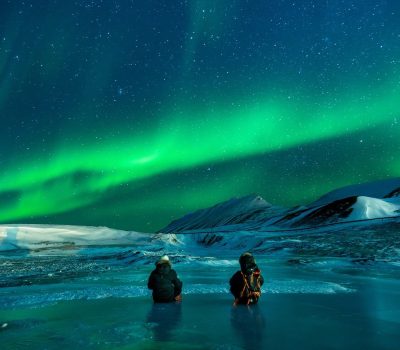
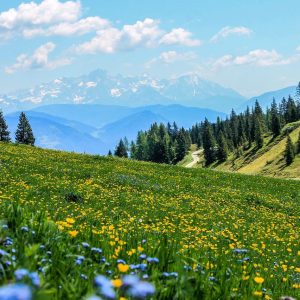
CREATE AN EXPERIENCE
Let's Make Memories Together
The voyage does not finish once you have left. We’ll transport you to a world of wonders and create amazing memories that will last long after you’ve returned home.
Away from the regular tourist traps, you’ll have a one-of-a-kind, authentic experience. A sensation created in an energizing setting that will be yours and yours alone. We will make this happen because old travels are great ones. The world’s wonders are within your grasp.





